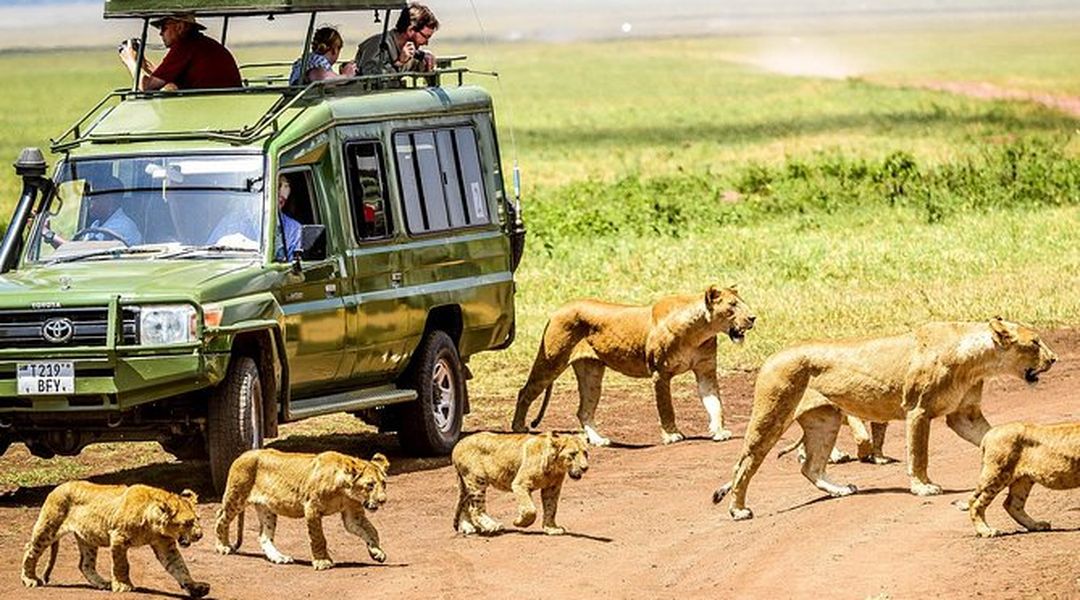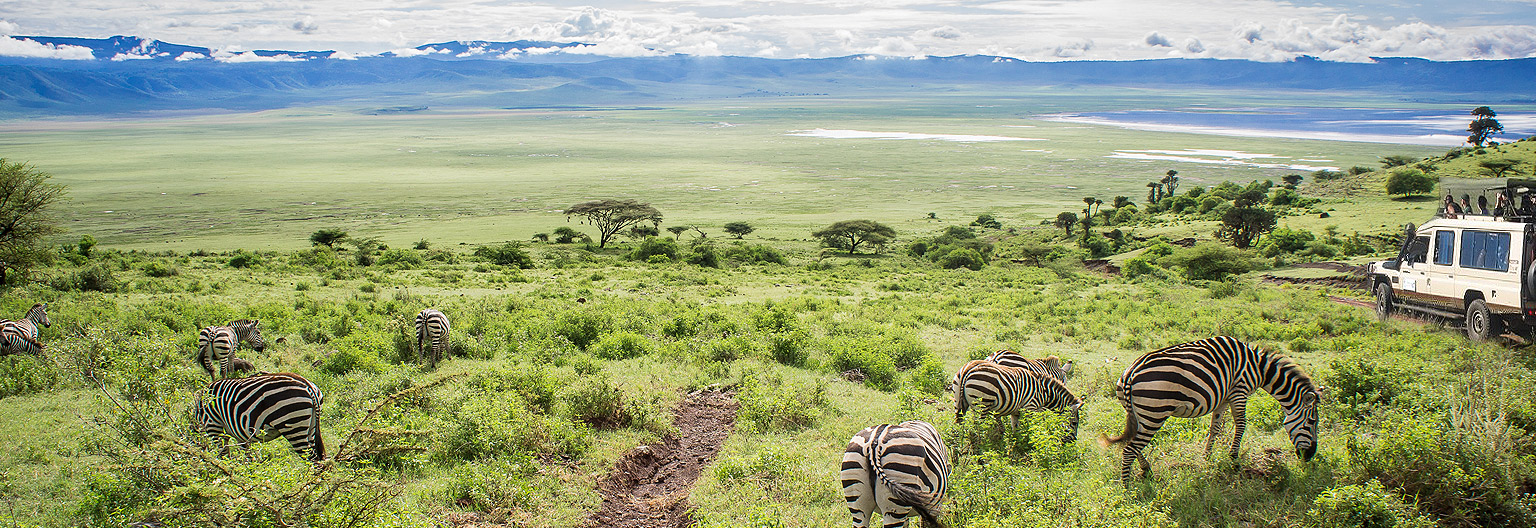7 Expert Travel Tips for a Smooth Tanzania Safari Experience
So, you’ve decided to embark on a Tanzania safari? Great choice! With its sweeping Serengeti plains, the majestic Ngorongoro Crater, and the elephant-rich Tarangire National Park, Tanzania is the poster child for African safaris. But here’s the thing: while the idea of spotting lions at sunrise or sipping sundowners in the bush sounds glamorous (and it is), a safari comes with its own set of quirks, logistics, and surprises.
To make sure your adventure goes off without a hitch, a little preparation goes a long way. Whether it’s knowing what to pack, how to handle early mornings, or what to expect from the infamous tsetse flies, these expert tips will help you enjoy a smooth and stress-free Tanzania safari.
1. Pack Smart and Light
Unlike a regular vacation, safaris have unique packing needs. Most small bush planes have strict baggage weight limits (often 15–20 kg per person), and soft-sided bags are usually required. Skip the hard-shell suitcase—it won’t fit easily in vehicles or small aircraft.
Stick to neutral-colored clothing like beige, khaki, or olive to blend in with the environment and avoid attracting insects. Don’t forget:
-
A wide-brimmed hat and sunglasses.
-
Comfortable, layered clothing (mornings can be chilly, afternoons blazing hot).
-
Sturdy walking shoes.
-
A lightweight rain jacket (especially Nov–May).
-
Binoculars and a good camera with extra batteries.
Tip: Leave flashy clothes and strong perfumes at home—they can draw unwanted attention from bugs and disturb animals.
2. Be Ready for Early Mornings
On safari, the early bird really does catch the worm—or in this case, the lions on the move. Most game drives start just after dawn because animals are more active in the cool morning hours. This means 5 a.m. wake-up calls are common, especially in the Serengeti.
It might feel tough at first, but trust me—once you’re sipping hot coffee while watching elephants bathe in golden light, you’ll realize it was worth every yawn. And don’t worry, you’ll usually have downtime in the afternoons to nap, swim, or relax at your lodge.
3. Expect Bumpy Roads (and Embrace Them)
 Safaris aren’t luxury cruises on smooth waters—roads inside national parks are often rough, dusty, and sometimes downright bone-rattling. This is part of the adventure! Think of it as off-roading in the wild rather than a comfortable city drive.
Safaris aren’t luxury cruises on smooth waters—roads inside national parks are often rough, dusty, and sometimes downright bone-rattling. This is part of the adventure! Think of it as off-roading in the wild rather than a comfortable city drive.
If you’re prone to motion sickness, bring medication just in case. A scarf or buff is also handy for covering your face when it gets dusty. And hey, those bumpy rides often lead to the best sightings—like a pride of lions lounging under an acacia tree.
4. Stay Flexible with Wildlife Sightings
Here’s the truth: this isn’t a zoo. Animals roam free, which means sightings are never guaranteed. You might spend hours searching for a leopard, only to have one casually stroll across the road when you least expect it.
The key is patience and flexibility. Enjoy the little moments too—watching a dung beetle roll its prize, or listening to a chorus of birds at sunset can be just as magical as spotting a lion. Trust your guide; their knowledge and instincts are your best shot at finding wildlife.
5. Protect Yourself from the Sun and Insects
The African sun is strong, even when it feels cool in the mornings. Always carry sunscreen, lip balm with SPF, and drink plenty of water. Dehydration creeps up quickly during long game drives.
Insects, especially mosquitoes and tsetse flies, are another reality of safari life. Pack a reliable insect repellent with DEET or picaridin. Long sleeves and trousers in the evenings help keep bites at bay. Some areas of Tanzania also require malaria prevention medication—check with your doctor before traveling.
6. Respect Wildlife and Local Culture
One of the most important safari rules: never get too close to wildlife or try to provoke them for a better photo. Keep your voice down, don’t feed animals, and always follow your guide’s instructions. Respect ensures safety—for both you and the animals.
On the cultural side, remember Tanzania is home to diverse communities like the Maasai and Hadzabe. If you visit a village, ask before taking photos, buy local crafts to support communities, and approach with curiosity and respect. Safaris aren’t just about wildlife—they’re also about connecting with people.
7. Choose the Right Safari Operator
Your safari experience will depend hugely on your operator and guide. A knowledgeable guide can turn a simple drive into an unforgettable storytelling journey about animal behavior, ecosystems, and conservation.
Look for operators who:
-
Employ local guides.
-
Prioritize eco-friendly practices.
-
Support community initiatives.
-
Have good reviews for reliability and safety.
Tip: Don’t just go for the cheapest option. A slightly higher price often means better vehicles, experienced guides, and responsible tourism practices that benefit both wildlife and local people.



